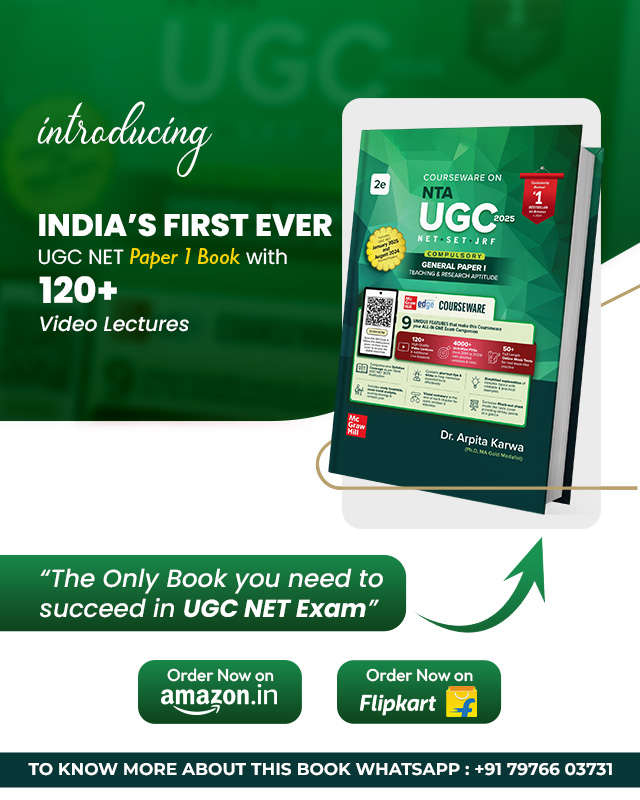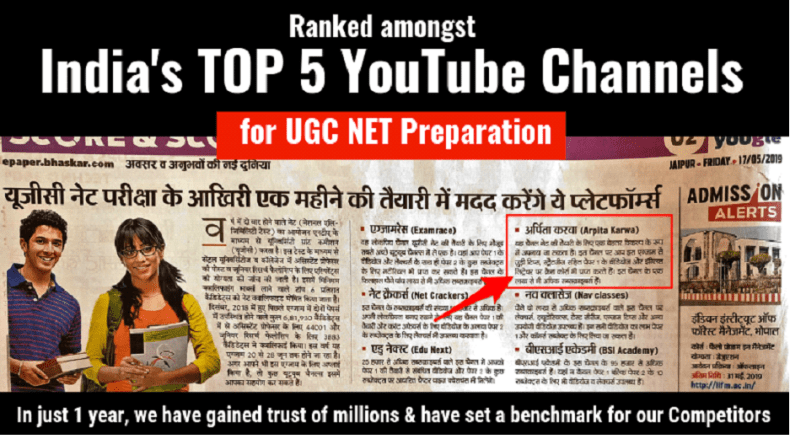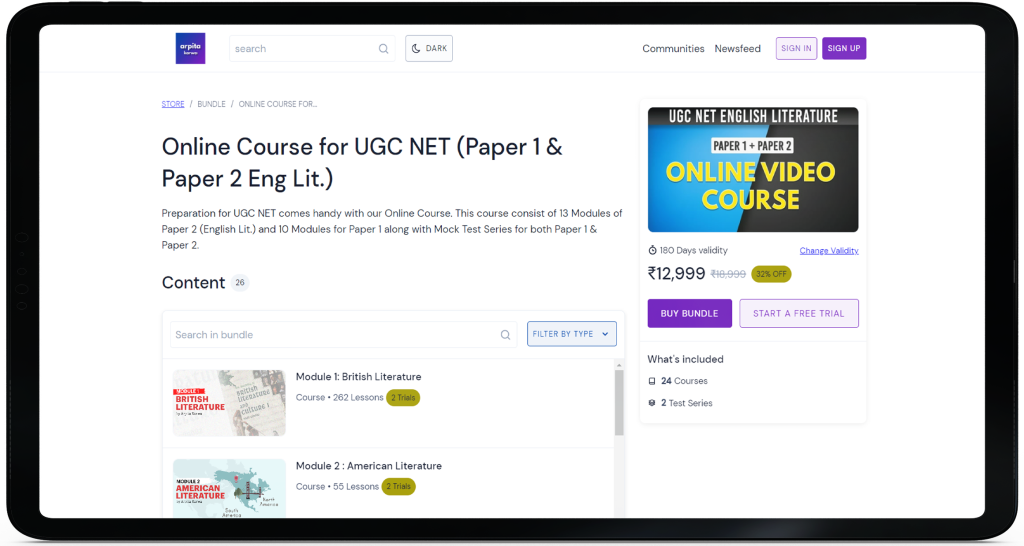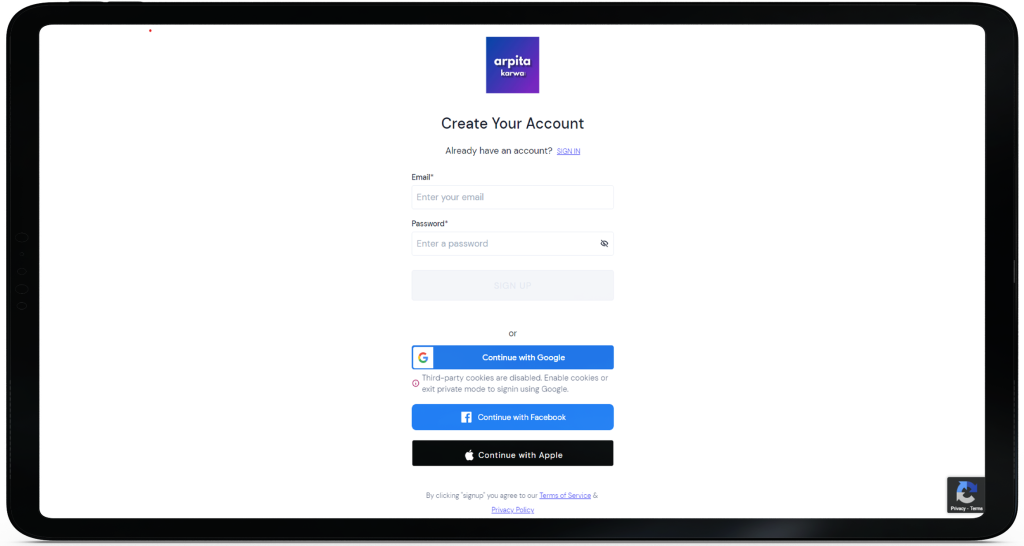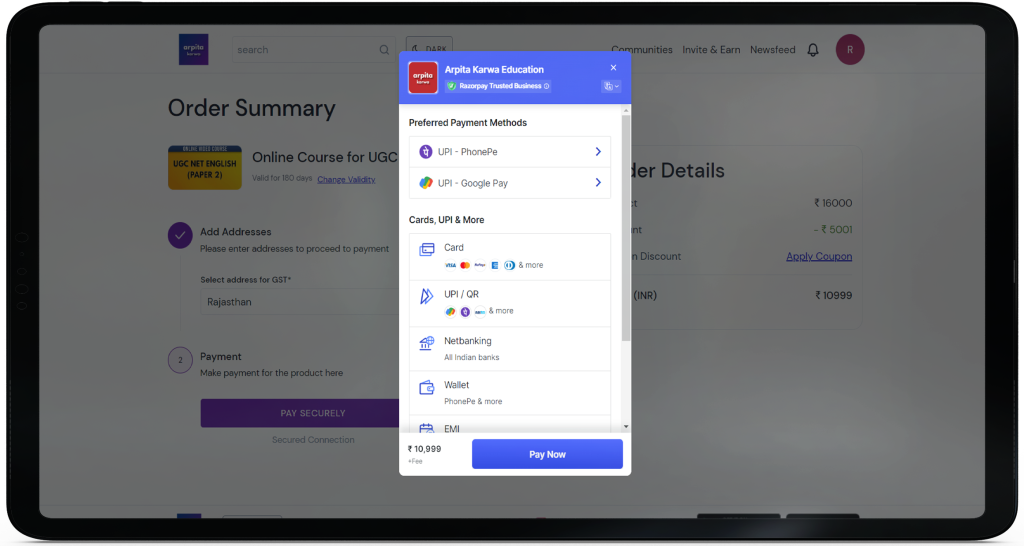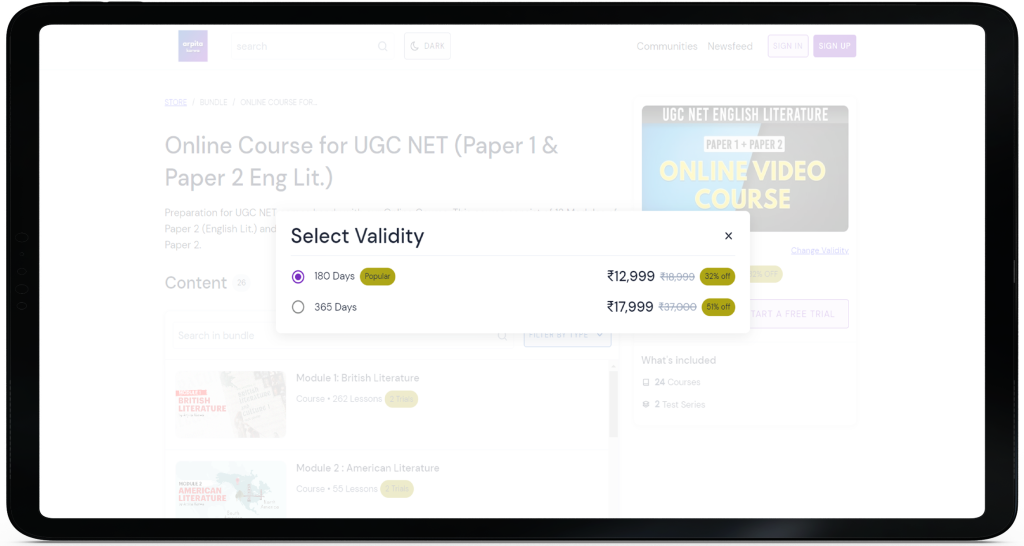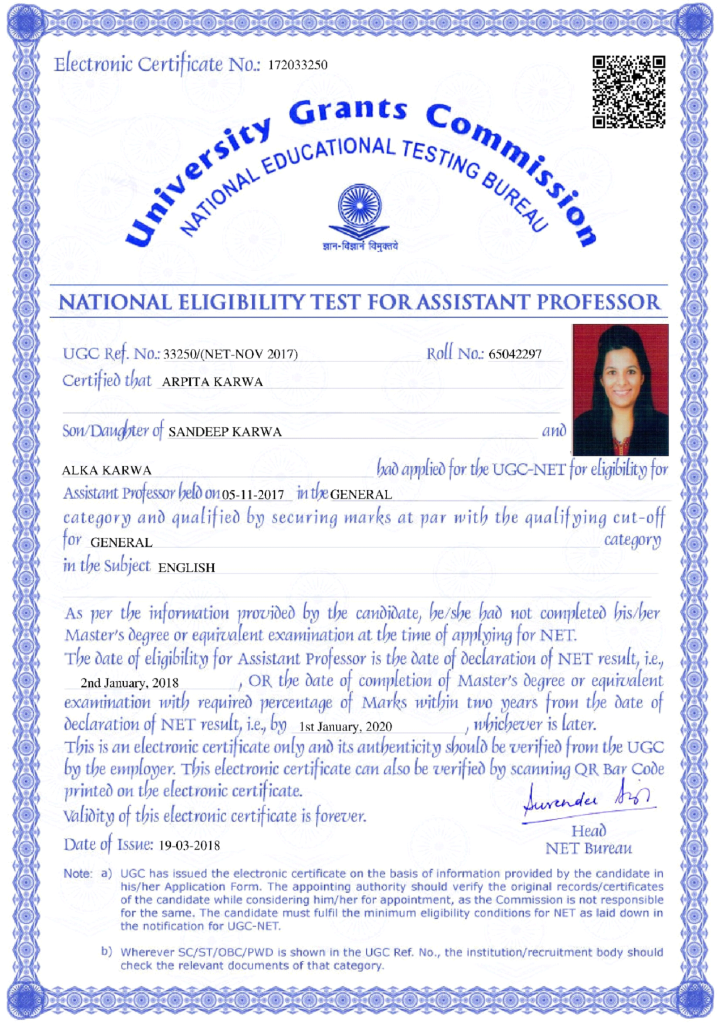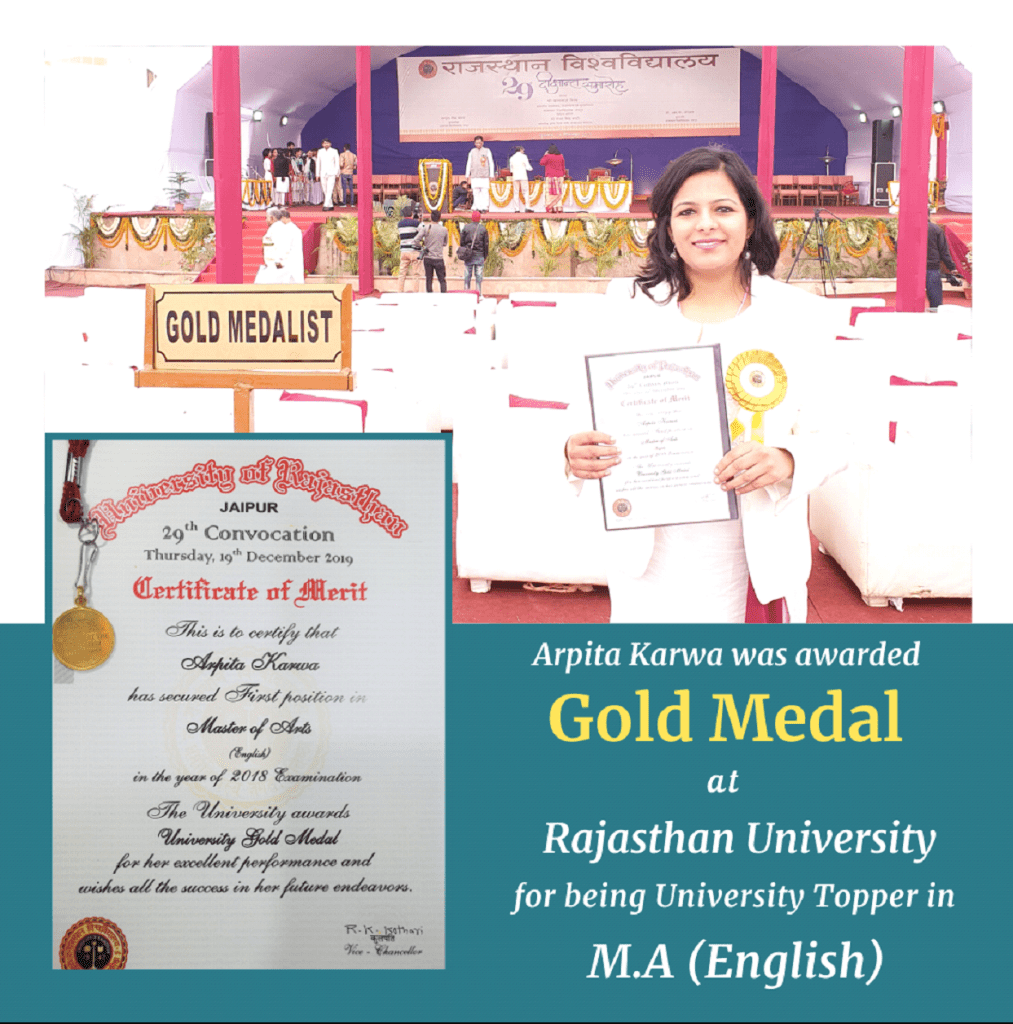June 2024: Paper 1 (Conduced on 18th June 2024 Evening Shift)
June 19, 2024 2024-06-21 18:59June 2024: Paper 1 (Conduced on 18th June 2024 Evening Shift)
June 2024: Paper 1 (Conduced on 18th June 2024 Evening Shift)
Read the following passage and answer the questions that follow (1-5):
The following table – 1 shows the percentage (%) distribution of patients of various diseases in the various continents, namely, Europe, Australia, South America, Africa, North America and Asia in the world and table II shows the percentage (%) distribution of all the patients and Kidney patients in year 2023. Total population of the world in the year 2023 is 800 crore and 10% of them are patients.
Based on the data in the tables, answer the questions that follow.
Table – I: Disease – wise Percentage of Patients in the world
Heart Disease | AIDS | TB | Hepatitis | Kidney Disease | Others |
22% | 10% | 8% | 6% | 30% | 24% |
Table -II: Continent – wise Details of all Patients and Kidney Patients
Continent | Percentage Distribution of | |
All Patients | Kidney Patients | |
Europe | 10% | 10% |
Australia | 6% | 5% |
South America | 15% | 40% |
Africa | 25% | 10% |
North America | 12% | 15% |
Asia | 32% | 20% |
Q1: If the number of patients increases by 10% every year in Europe, then what is the difference between the number of patients in Europe after two years and the number of Kidney patients in South America in 2023?
a. 9 lakh
b. 7 lakh
c. 8 lakh
d. 5 lakh
Answer: c. 8 lakh
Q2: If the number of hepatitis patients in the world increases by 6% and that of heart disease increases by 22%, then what will be the new ratio of number of hepatitis patients to the number of heart disease patients in the world?
a. 156:673
b. 14:61
c. 159:671
d. 2:11
Answer: c. 159:671
Q3: If the number of Kidney patients in South America decreases by 25%, then what is the percentage decrease in the number of Kidney patients in the world?
a. 4%
b. 8%
c. 10%
d. 5%
Answer: b. 8%
Q4: What is the ratio of the number of patients in Africa to the total number of Kidney patients in Asia and North America together?
a. 3:1
b. 2:1
c. 49:22
d. 50:21
Answer: c. 49:22
Q5. The number of Kidney patients in Australia is approximately % of heart disease in the world.
a. 6.01%
b. 6.82%
c. 5.49%
d. 7.85%
Answer: b. 6.82%
Q6. Arrange the following fractions in increasing order:
A. 14/17
B. 11/13
C. 7/9
D. 16/19
Choose the correct answer from the options given below:
a. C, A, B, D
b. C, A, D, B
c. A, D, C, B
d. B, C, A, D
Answer: b
Q7. Which of the following statements are correct as per Classical Indian School of logic (Nyaya)?
A. Nyaya syllogism has three propositions.
B. Nyaya syllogism has five propositions.
C. Nyaya syllogism has three terms.
D. Nyaya syllogism has five terms.
Choose the correct answer from the options given below:
a. B and D only
b. B and C only
c. A and D only
d. A and C only
Answer: b
Q8. If (L) represents a number L in base – M number system, then identify the correct ascending order of the following numbers A-D, when converted to a base-10 number system.
A. (8B)₁₆
B. (212)₈
C. (260)₇
D. (10001101)2
Choose the correct answer from the options given below:
a. D, C, A, B
b. A, B, C, D
c. C, D, B, A
d. B, A, C, D
Answer: b
Q9. Which of the following statements are true?
A. Truth and falsehood are attributes of individual propositions.
B. Validity can never apply to any single proposition by itself.
C. In a valid argument, all of its premises have to be true.
D. A valid deductive argument cannot have all true premises and a false conclusion.
Choose the most appropriate answer from the options given below:
a. A, B and D only
b. A and C only
c. A, C and D only
d. C and D only
Answer: a
Q10. A 500 m long train running at a speed of 100 m/s crosses a tunnel in 10 s. What is the length of the tunnel?
a. 200 m
b. 500 m
c. 800 m
d. 1000 m
Answer: c
YT Answer: b. 500 m
Q11. Which of the following is an ancient Indian treatise on problems related to Mathematics?
(1) Nyaya Sutras
(2) Lilavati
(3) Mimamsa Sutras
(4) Pramānavarttika
Answer: Lilavati
Q12. A culture which is not touched by communication of alphabetic writing is known as a culture of:
(1) Literacy
(2) Typography
(3) Exclusivity
(4) Primary Orality
Answer: Primary Orality
Q13. Match List – I with List – II.
List – I (College)
A. Poona College for Hindu Learning
B. Hindu College, Kolkata (Presidency College)
C. Bishop College, Sibpur
D. Scottish Missionary College, Kolkata
List – II (Founder)
I. Alexander Duff
II. Rajaram Mohan Roy
III. Church of England
IV. M. Elphinstone
Choose the correct answer from the options given below:
a. A-II, B-III, C-IV, D-I
b. A-IV, B-I, C-II, D-III
c. A-III, B-IV, C-I, D-II
d. A-I, B-II, C-III, D-IV
Answer: a. A-II, B-III, C-IV, D-I
Q14. What is the correct sequence (from lower number to higher) of the following related to Sustainable Development Goals (SDGs)?
A. Number of Publications
B. Number of Goals
C. Number of Targets
D. Number of Indicators
Choose the correct answer from the options given below:
a. A, B, C, D
b. B, D, C, A
c. B, C, D, A
d. C, B, A, D
Answer: b. B, D, C, A
Q15. Which of the following are the National Coordinators appointed for SWAYAM courses?
A. Indian Institute of Management, Bangalore (IIMB)
B. National Programme on Technology Enhanced Learning (NPTEL)
C. National Institute of Open Schooling (NIOS)
D. Block Institute of Teacher Education (BITE)
E. Consortium for Educational Communication (CEC)
Choose the most appropriate answer from the options given below:
a. B and D only
b. A, B and C only
c. C, D and E only
d. A, B, C and E only
Answer: d
Q16. Match List – I with List – II.
List – I (Internet Protocol)
A. HTTP
B. SSL
C. SMTP
D. FTP
List – II (Internet Activity)
I. Sends email through the Internet
II. Encrypts data for online transmission
III. Sends TCP/IP packets to web server
IV. Transfers files over the Internet
Choose the correct answer from the options given below:
a. A-IV, B-III, C-II, D-I
b. A-I, B-IV, C-III, D-II
c. A-II, B-I, C-IV, D-III
d. A-III, B-II, C-I, D-IV
Answer: d
Q17. Which of the following statements is logically equivalent to the statement “No cats are non-feline.”?
(1) No felines are cats.
(2) All non-cats are feline.
(3) All cats are feline.
(4) All felines are cats.
Answer: (3)
Q18. The systematic elimination of extraneous variables other than those you are interested in can be achieved in:
(1) qualitative research
(2) experimental research
(3) correlational research
(4) longitudinal research
Answer: (2)
Q19. Identify the correct sequence of the cycle of self-regulated learning.
A. Setting Goals
B. Devising Plans
C. Analyzing the task
D. Regulating learning
E. Enacting Tactics and strategies
Choose the correct answer from the options given below:
a. D, B, C, A, E
b. A, D, B, E, C
c. E, C, B, A, D
d. A, B, C, D, E
Answer: b
Q20. Around 1945, who developed the idea of a stored program computer that was to hold programs and data in a memory and then data would move between the memory and the processor?
(1) Alan Turing
(2) Tim Berners-Lee
(3) Charles Babbage
(4) John Von Neumann
Answer: (4) John Von Neumann
Q21. Which of the following statements about computer memories is correct?
(1) HDDs may experience a “head crash”.
(2) SSDs are also known as volatile memory.
(3) HDDs do not have any moving parts.
(4) Computers usually have more primary memory than secondary memory.
Answer: (1)
Q22. Which digital platform of Ministry of Education has been formed by merging three consortia initiatives, namely UGC-INFONET Digital library consortium, NLIST and INDEST-AICTE consortium?
(1) Shodh Ganga
(2) e-Shodh Sindhu
(3) E-Vidwan
(4) Shodh Shuddhi
Answer: (2)
Q23. Match List – I with List – II.
List-I (Communication form)
A. Personal address
B. Social drama
C. Narratives
D. Silence
List – II (Description)
I. Sequential accounts told and retold from a particular viewpoint
II. Subject to a community’s rules for appropriate conduct
III. Points to self and others in interaction
IV. Invokes local socio-cultural rules for behavior
Choose the correct answer from the options given below:
a. A-I, B-III, C-IV, D-II
b. A-III, B-IV, C-I, D-II
c. A-II, B-I, C-III, D-IV
d. A-IV, B-I, C-II, D-III
Answer: b
Q24. Which of the following computer devices are output devices only?
A. Track ball
B. CRT monitor
C. Number pad
D. Plotter
Choose the correct answer from the options given below:
(1) A and B only
(2) A, B and D only
(3) C and D only
(4) B and D only
Answer: (4)
Q25. Which of the following are true about Solar Thermal Energy Collectors (STEC)?
A. Basic unit of STEC is a solar cell.
B. STECs may be flat plate or concentrating type.
C. Temperature in STECs may rise over a thousand degrees Celsius.
D. STECs can produce electricity.
E. Paraboloid dish collector is an example of STEC where temperature can go up to 2000°C.
Choose the most appropriate answer from the options given below:
(1) A and D only
(2) B, C, D and E only
(3) A, B, C and E only
(4) A, B, C, D and E
Answer: (4)
Q26. Arrange the following sections of a research dissertation in correct sequence:
A. Acknowledgement
B. Research Methods
C. Discussion
D. Literature Review
Choose the correct answer from the options given below:
(1) A, B, C, D
(2) B, D, C, A
(3) D, B, C, A
(4) A, D, B, C
Answer: (4)
Q27. “I believe I will do well in this class,” Ram declared to his brother. “I received a perfect score on the verbal part of the SAT, and I have always excelled in my literature classes.” Ram is demonstrating which of the following?
(1) High self-esteem
(2) High self-efficacy in literature
(3) High levels of empathy
(4) Low self-efficacy in literature
Answer: (2)
Q28. A sum of ₹50 is divided among A, B, and C in such a way that A gets ₹5 less than B, and B gets ₹10 less than C. What is the ratio of their money share?
(1) 1:2:3
(2) 2:3:4
(3) 1:2:4
(4) 2:3:5
Answer: (4)
Q29. Identify the correct sequence (from earliest to latest) of the universities established in the early years of the twentieth century India:
A. Osmania University
B. Aligarh Muslim University
C. SNDT Women’s University
D. Nagpur University
E. Patna University
Choose the correct answer from the options given below:
(1) E, A, C, B, D
(2) C, E, A, B, D
(3) D, A, C, E, B
(4) A, D, E, B, C
Answer: (2)
Q30. Identify the list of 4 quadrants of the courses hosted on SWAYAM:
A. Self-assessment tests
B. Video lecture
C. Online discussion forum for clearing the doubts
D. Specially prepared reading material that can be downloaded/printed
E. Face-to-Face interaction among learners
Choose the most appropriate answer from the options given below:
(1) A, B, D, and E only
(2) A, B, C, and D only
(3) C, D, and E only
(4) C and E only
Answer: (2)
Q31. Arrange the following in order of increasing connotation:
A. Domestic Animal
B. Animal
C. Horse
D. Beast of burden
Choose the correct answer from the options given below:
(1) C, D, B, A
(2) B, A, C, D
(3) B, A, D, C
(4) C, D, A, B
Answer: (2)
Q32. In Buddhist thought, self-reflexivity is built into the process of:
(1) Power relations
(2) Religious change
(3) Verbal communication
(4) Politicization
Answer: (1)
Q33. Which of the following statements are true regarding Macaulay?
A. He succeeded in replacing Persian with English as the administrative language.
B. He promoted training of English-speaking Indians as teachers.
C. He was inspired by Utilitarian ideas.
D. He promoted “useful learning”.
Choose the correct answer from the options given below:
(1) A and B only
(2) B and C only
(3) A and C only
(4) A, B, C, and D
Answer: (1)
Q34. The Gross Enrolment Ratio (GER) measures the number of students enrolled in higher education as a percentage of the eligible population aged between:
(1) 18 to 24 years
(2) 19 to 25 years
(3) 18 to 23 years
(4) 17 to 23 years
Answer: (3)
Q35. Which one of the following is an extremely short-lived and unstable air/water pollutant?
(1) SMOG
(2) Volatile Organic Compounds (VOCs)
(3) Persistent Organic Pollutants (POPs)
(4) Polycyclic Aromatic Hydrocarbons (PAHs)
Answer: (4)
Q36. Match List – I with List – II.
List – I (Threats to Internal Validity)
A. Maturation threat
B. Attrition threat
C. History threat
D. Testing threat
List – II (Description)
I. When participants’ behavior changes as a function of having been tested previously
II. When some event outside the research project affects participants systematically
III. Occurs because of short- or long-term changes in a participant because of psychological changes like boredom, fatigue etc.
IV. When participants drop out of a study, leading to a change in the nature of the sample
Choose the correct answer from the options given below:
(1) A-IV, B-III, C-I, D-II
(2) A-I, B-II, C-III, D-IV
(3) A-II, B-III, C-IV, D-I
(4) A-III, B-IV, C-II, D-I
Answer: (4) A-III, B-IV, C-II, D-I
Q37. Match List I with List – II.
List – I (Words)
A. BOLT
B. RING
C. SOLD
D. FROM
List – II (Codes with same rule)
I. 52
II. 50
III. 49
IV. 48
Choose the correct answer from the options given below:
(1) A-IV, B-III, C-II, D-I
(2) A-II, B-III, C-IV, D-I
(3) A-I, B-II, C-III, D-IV
(4) A-III, B-IV, C-II, D-I
Answer: (4)
Q38. International Solar Alliance (ISA) is the alliance of countries most of which lie partially or completely
(1) Above tropic of cancer
(2) Below tropic of capricorn
(3) Between tropic of cancer and tropic of capricorn
(4) Southern hemisphere
Answer: (3) Between tropic of cancer and tropic of capricorn
Q39. Identify the scale/scales of measurement which would allign ranking of observations.
A. nominal scale
B. ordinal scale
C. interval scale
D. ratio scale
Choose the correct answer from the options given below:
(1) A, B and C only
(2) B, C and D only
(3) A, B and D only
(4) A and B only
Answer: (2)
Q40. Match List – I with List – II.
List – I (Water specific diseases)
A. Water borne diseases
B. Water washed diseases
C. Water based diseases
D. Water related diseases
List – II (Examples)
I. Malaria
II. Schistosomiasis
III. Typhoid
IV. Trachoma
Choose the correct answer from the options given below:
(1) A-III, B-IV, C-I, D-II
(2) A-II, B-IV, C-III, D-I
(3) A-III, B-IV, C-II, D-I
(4) A-II, B-I, C-IV, D-III
Answer: (3) A-III, B-IV, C-II, D-I
Q41. Which of the following refers to a sampling approach in structured observation whereby a sampled individual is observed for a set period of time?
(1) Focal sampling
(2) Snowball sampling
(3) Purposive sampling
(4) Cluster sampling
Answer: (1) Focal sampling
Q42. Employment of classroom technology needs clarity with regard to:
A. Instructional messages
B. Course objectives
C. Technological competencies
D. Experience of failures
E. Institutional indolence
Choose the correct answer from the options given below:
(1) A, B and C only
(2) B, C and D only
(3) C, D and E only
(4) A, D and E only
Answer: (4) A, D and E only
Q43. Which of the following are the characteristics of mass communication?
A. Homogeneous audience
B. Professional communication as source
C. Rapid transmission of messages
D. Use of a medium
E. Immediate feedback
Choose the most appropriate answer from the options given below:
(1) A, B and C only
(2) B, C and D only
(3) C, D and E only
(4) B, D and E only
Answer: (3) C, D and E only
Q44. Which fallacy is committed in the following statement:
“Tarun cannot be guilty of murder since there is no way Tarun could kill someone.”
(1) Hasty Generalization
(2) Slippery Slope
(3) Begging the Question
(4) Appeal to Inappropriate Authority
Answer: (3) Begging the Question
Q45. Which of the following statements are correct?
A. A man purchased an item at 4/5 of its selling price ‘X’, and sold it at 5% more than ‘X’. His gain is 25%.
B. A dealer professes to sell his goods at cost price but uses a weight of 900g for a kg weight. His gain is 11 1/9%.
C. If loss is one third of the selling price, the loss percentage is 25%.
D. By selling 100 pens, a vendor gains the selling price of 20 pens. His gain is 20%.
Choose the correct answer from the options given below:
(1) A and B only
(2) B and C only
(3) C and D only
(4) A and D only
Answer: (2)
Passage: Micron’s $800 million semiconductor plant followed by recent approval to Tata Group and CG Power for fabrication and Assembly, Testing and Packaging (ATP) plants with an investment of Rs 1,30,000 crore (and more in the pipeline) are the beginning of a transformational global supply chain shift centered around chip manufacturing in India. This will create a multiplier effect on talented and skilled workforce inside India.
It’s a matter of pride that almost one-third of the global semiconductor talent pool is Indian. However, the need for domestic semiconductor workforce is estimated to be around 3,00,000 by 2026. In addition, there is also a huge manpower requirement of almost six million in the electronics manufacturing sector which will be the largest beneficiary of the chip boom.
The current combined Science, Technology, Engineering and Mathematics (STEM) graduate output from India’s higher education institutions is inadequate.
The growth is certainly going to come from the non-IITians orbit and the policy path ways of the Ministries of Electronics and IT and Education converge to present bountiful opportunities for industry and academia to work together.
This industry academia synergy was key to India’s software success story. Now a similar trifecta of government-industry-academia is needed to make this a winning semicon trio.
Q46. As a result of the chip boom, the requirement of workforce in the electronics manufacturing sector will:
A. Remain Unchanged
B. Lead to Job Losses
C. Increase
D. Drastically go down
Answer: c
Q47. The new talented skills workforce in India will come mainly from:
A. STEM Graduates
B. The Non-IITians orbit
C. The IIT’s
D. Unskilled Labour Force
Answer: b
Q48. India’s share in the semiconductor global talent pool is:
A. Two-thirds
B. One-third
C. Three-fourths
D. One-fifth
Answer: b
Q49. Micron set up a:
A. Fabrication plant
B. An ATP plant
C. A semiconductor plant
D. An engineering college
Answer: c
Q50. The need for additional talented and skilled workforce in the domestic semiconductor sector has been created by:
A. The approval given to Tata Group and CG Power for fabrication and ATP plants
B. Micron’s $800 million semiconductor plant
C. Setting up of new Universities
D. The global supply chain shift centered around chip manufacturing in India
Choose the most appropriate answer from the options given below:
A. A and B only
B. A, C and D only
C. B, C and D only
D. A, B and D only
Answer: d






